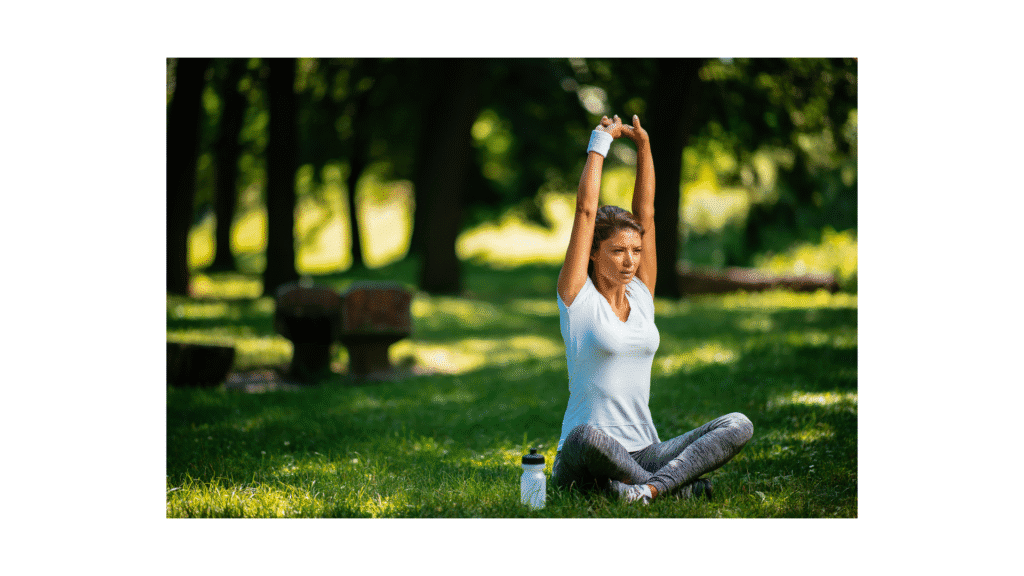
Top 10 Diet and Endometriosis Tips Backed by Science (You’ll Love #6!)
Understanding the Connection Between Diet and Endometriosis
Living with endometriosis can be isolating, frustrating, and often misunderstood. Many women suffer in silence for years, dismissed or misdiagnosed, while the pain quietly steals joy from everyday life. But there is hope. Through something as simple and fundamental as diet, healing and relief can begin. The relationship between diet and endometriosis is not just clinical—it’s deeply personal.
Every bite of food can either fuel inflammation or help calm it. Understanding diet and endometriosis means recognizing that your meals are not just about calories—they’re about hormones, immune responses, gut health, and emotional wellbeing. Women who embrace dietary changes often report less bloating, less pelvic pain, and a renewed sense of empowerment.
This isn’t about restriction—it’s about nourishment. Choosing anti-inflammatory, hormone-balancing foods is one of the most impactful, natural ways to support your body. Let’s explore together what to eat, what to avoid, and how to turn your plate into a place of healing.
1. Embrace Omega-3s
Omega-3 fatty acids are your anti-inflammatory allies. Found in salmon, chia seeds, and walnuts, these healthy fats may help reduce the severity of cramps and lower inflammation. A consistent intake of omega-3s is essential for women managing diet and endometriosis in a holistic way.
2. Load Up on Leafy Greens
Spinach, kale, arugula, and other leafy greens are rich in antioxidants, iron, and fiber. They help the liver metabolize estrogen and reduce oxidative stress—two crucial factors in diet and endometriosis management. Try adding a handful to your smoothies or sautéing them with garlic and olive oil.
3. Choose Cruciferous Vegetables
Broccoli, cauliflower, and Brussels sprouts are high in indole-3-carbinol, a compound known to support estrogen detoxification. Including these vegetables regularly can reduce estrogen dominance and help with pain and swelling associated with endometriosis.
4. Swap to Whole Grains
Refined grains can spike blood sugar and worsen inflammation. Switch to brown rice, oats, quinoa, and whole wheat to support stable insulin levels. When considering diet and endometriosis, fiber-rich whole grains also promote healthy digestion and hormone balance.
5. Prioritize Berries and Citrus Fruits
Blueberries, strawberries, oranges, and lemons are rich in vitamin C and flavonoids. These antioxidants combat oxidative stress and support immune health—important for women with endometriosis. Snack on berries or squeeze fresh lemon into water to boost your day and reinforce your diet and endometriosis plan.
6. Spice It Up with Turmeric and Ginger
Curcumin (from turmeric) and gingerol (from ginger) have powerful anti-inflammatory and pain-relieving effects. Try golden milk, turmeric tea, or ginger-infused smoothies. These natural remedies are stars in the world of diet and endometriosis.
7. Stay Hydrated and Support Liver Function
Water helps flush out toxins and supports liver detox—vital for processing excess estrogen. Aim for at least 8 glasses daily, and consider herbal teas like dandelion or nettle for added support. Hydration is often overlooked in diet and endometriosis plans, but it’s a game changer.
8. Watch Out for Inflammatory Triggers
Common triggers include processed meats, refined sugar, alcohol, and caffeine. These foods increase inflammation and disrupt hormonal balance. If you’re adjusting your diet and endometriosis plan, consider slowly removing these culprits and noting any improvements in your symptoms.
9. Try Going Dairy-Free (if Sensitive)
Some women with endometriosis find relief when reducing dairy intake. Cow’s milk contains arachidonic acid, which can worsen inflammation. Switching to almond, oat, or coconut milk may be a gentle change with big benefits in your diet and endometriosis journey.
10. Consider Gluten Elimination (if Symptomatic)
For women with gluten sensitivity or celiac markers, gluten may worsen inflammation and pelvic pain. A 12-week gluten-free trial could reveal whether it’s contributing to your endometriosis symptoms. Always consult with a dietitian before making long-term changes to your diet and endometriosis strategy.
Sample Anti-Inflammatory Meal Plan
| Meal | What to Eat |
|---|---|
| Breakfast | Oatmeal with chia seeds, blueberries, and almond milk |
| Snack | Walnuts and an orange |
| Lunch | Grilled salmon, quinoa, and steamed broccoli |
| Snack | Green smoothie with kale, ginger, and turmeric |
| Dinner | Tofu stir-fry with brown rice and vegetables |
| Dessert | Dark chocolate with almonds |
Final Thoughts
No single diet will cure endometriosis, but every bite you take is an opportunity to support your body. The connection between diet and endometriosis is personal and powerful. Start small, stay consistent, and listen to your body’s signals.
This journey isn’t about being perfect. It’s about learning what helps you feel better—physically, emotionally, and hormonally. You deserve to feel strong, vibrant, and in control. Your healing can begin with what’s on your plate. You are not alone, and with time and care, life with endometriosis can become more manageable, less painful, and more hopeful.
Want to Go Further?
If you’re looking for additional strategies beyond nutrition, don’t miss our full article on managing endometriosis pain. It offers holistic insights and practical tips to help you feel better every day.
